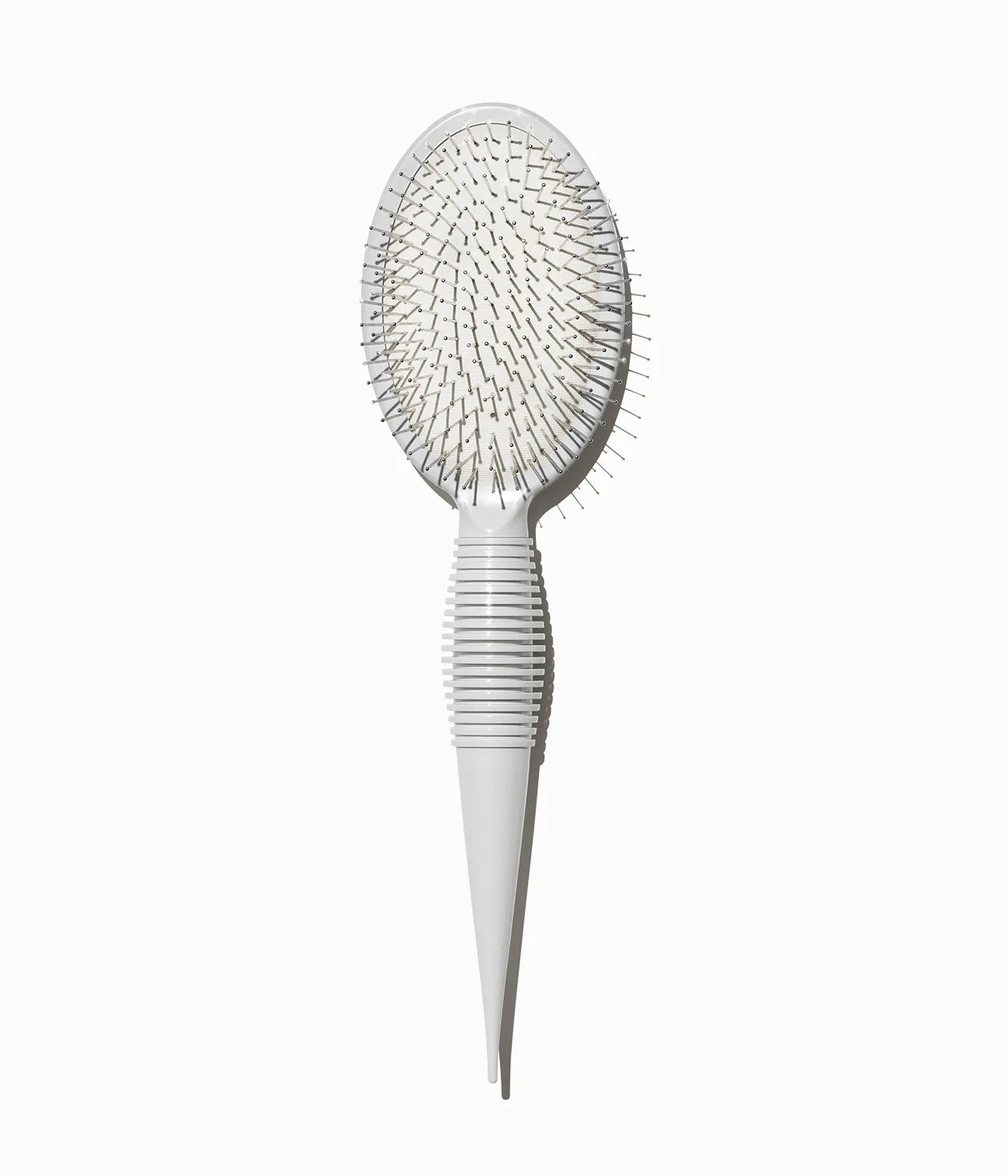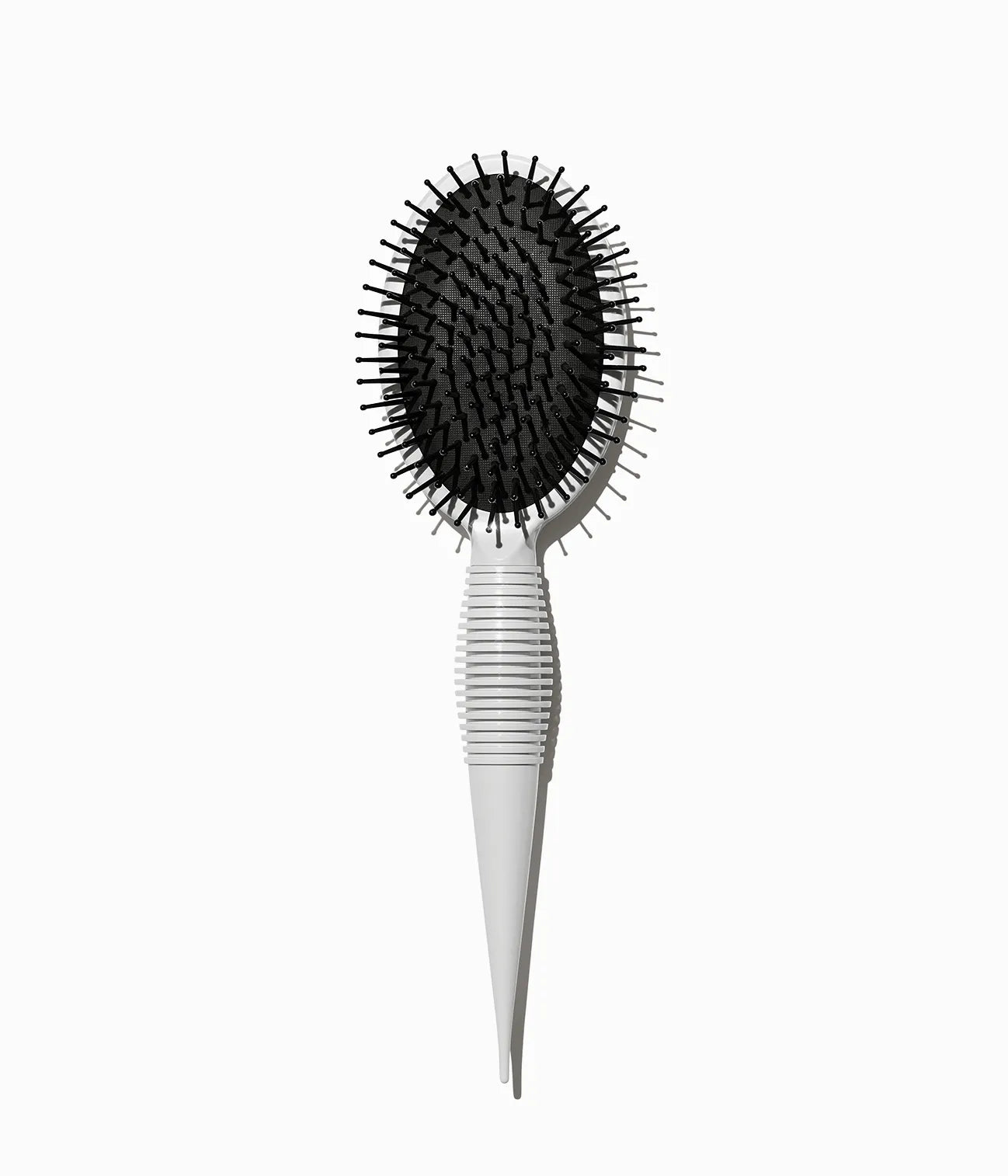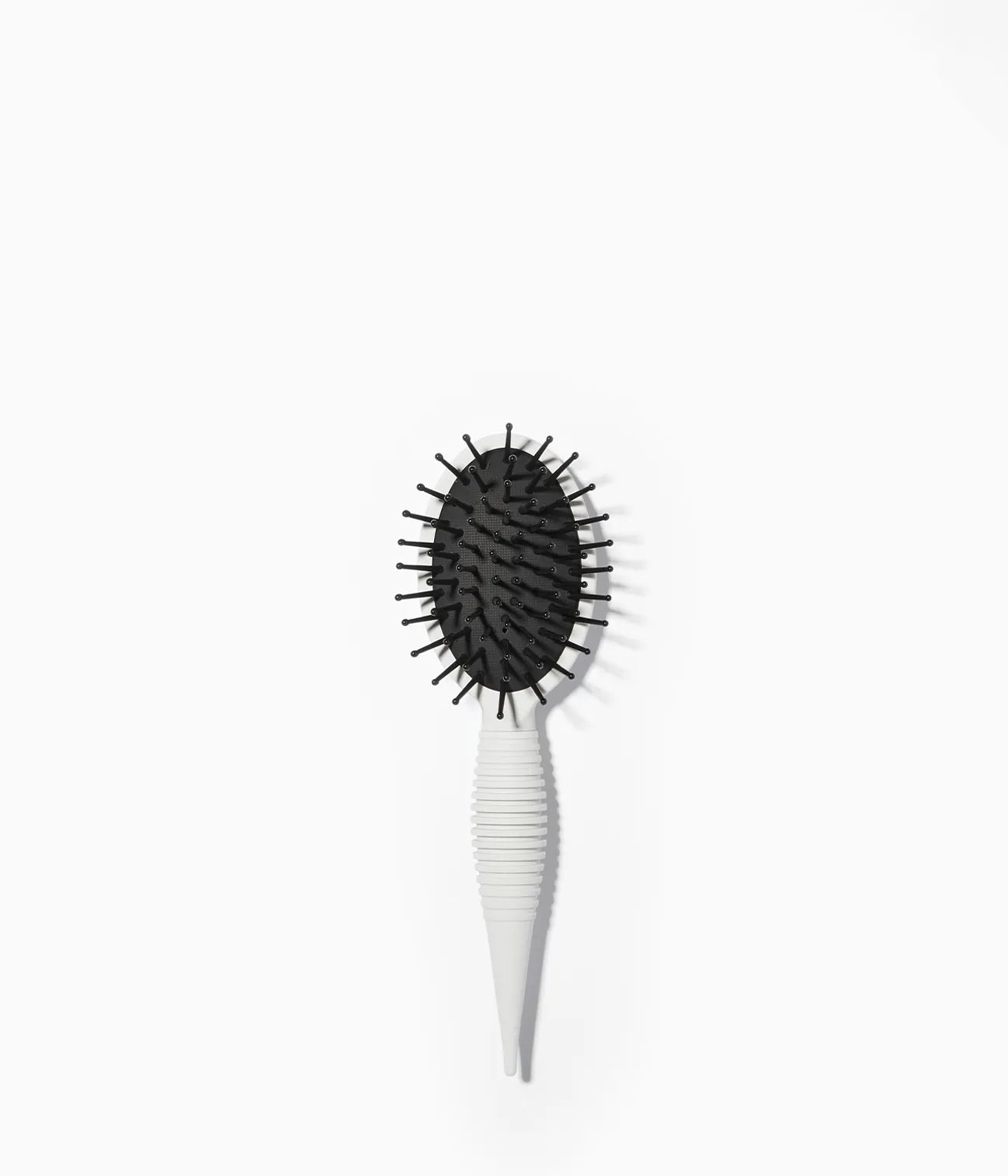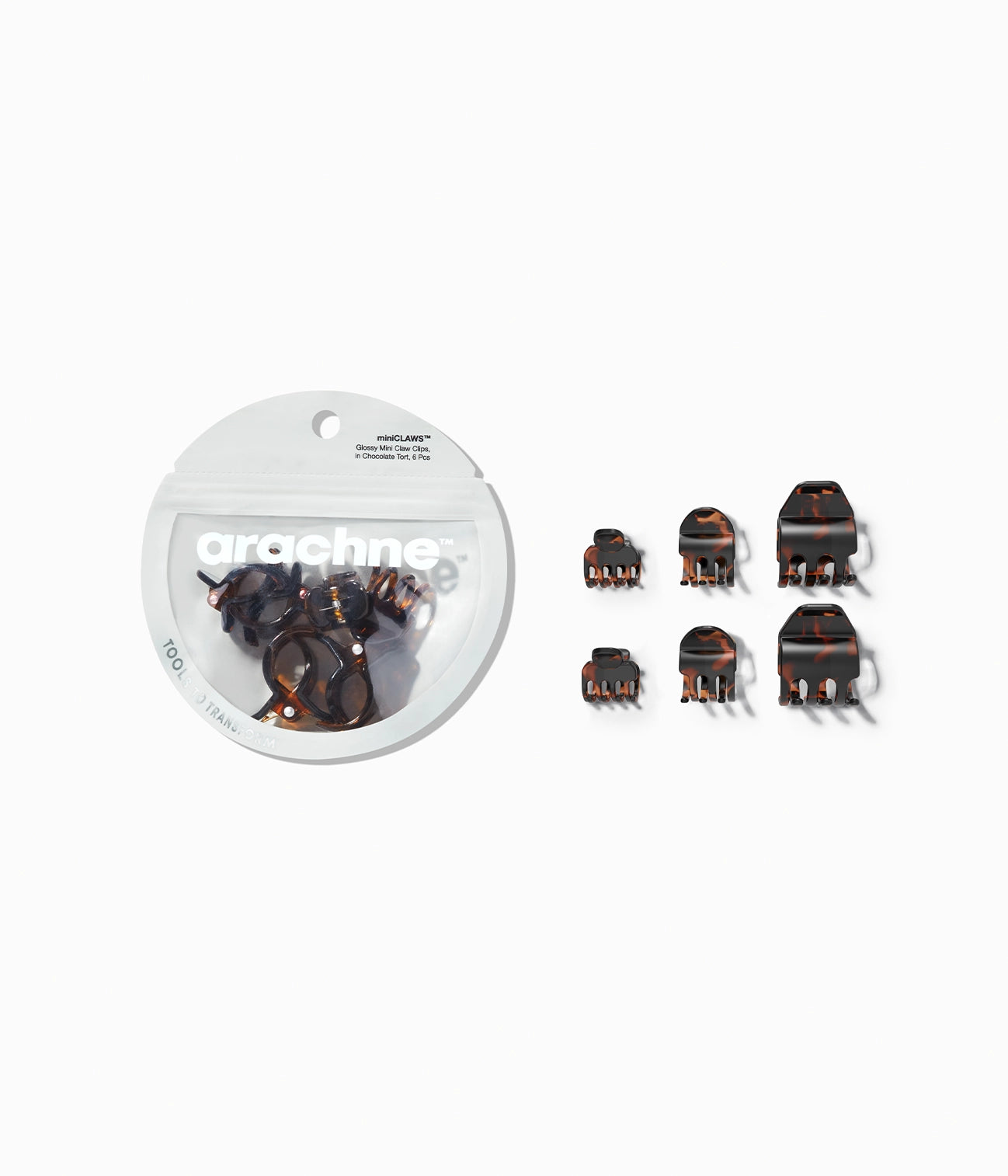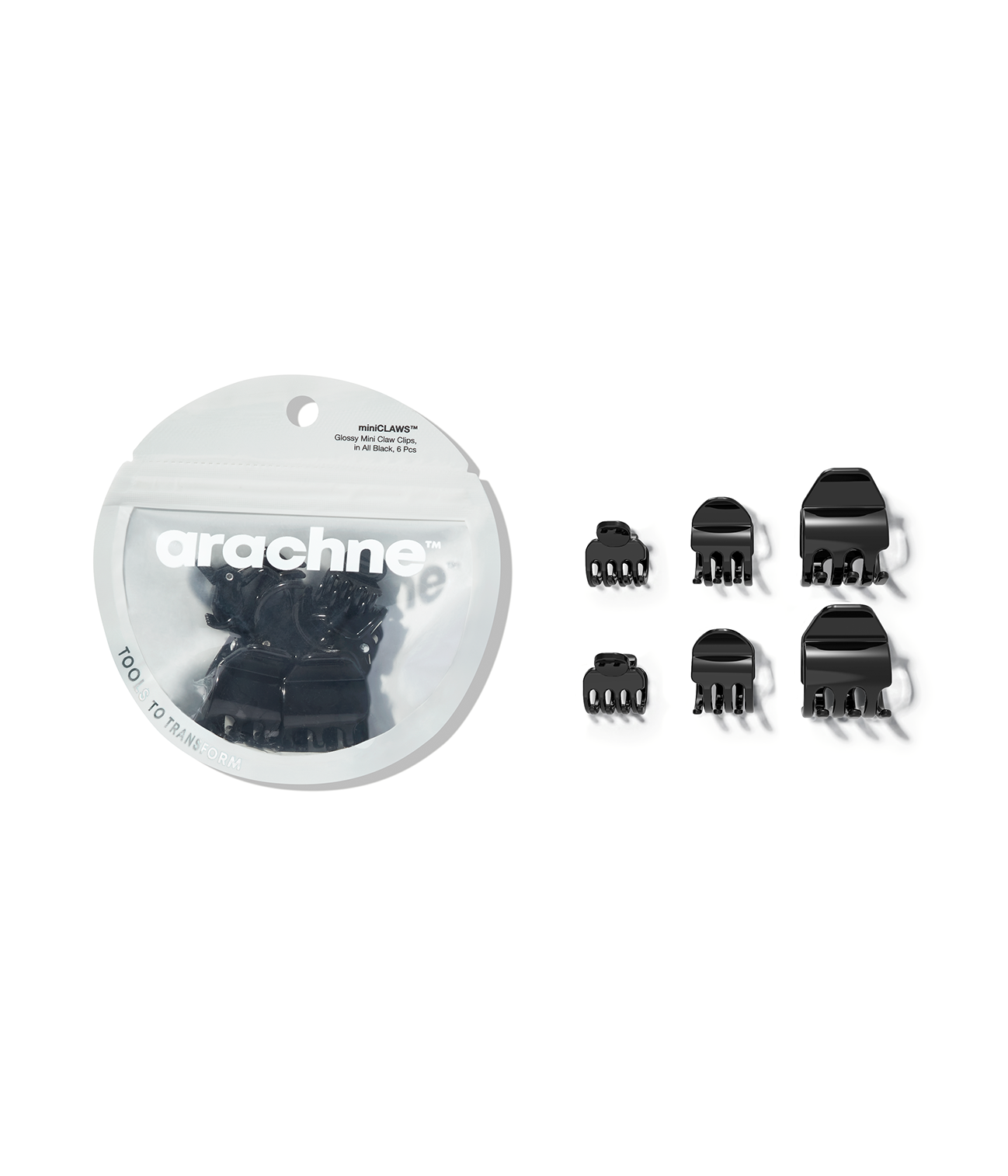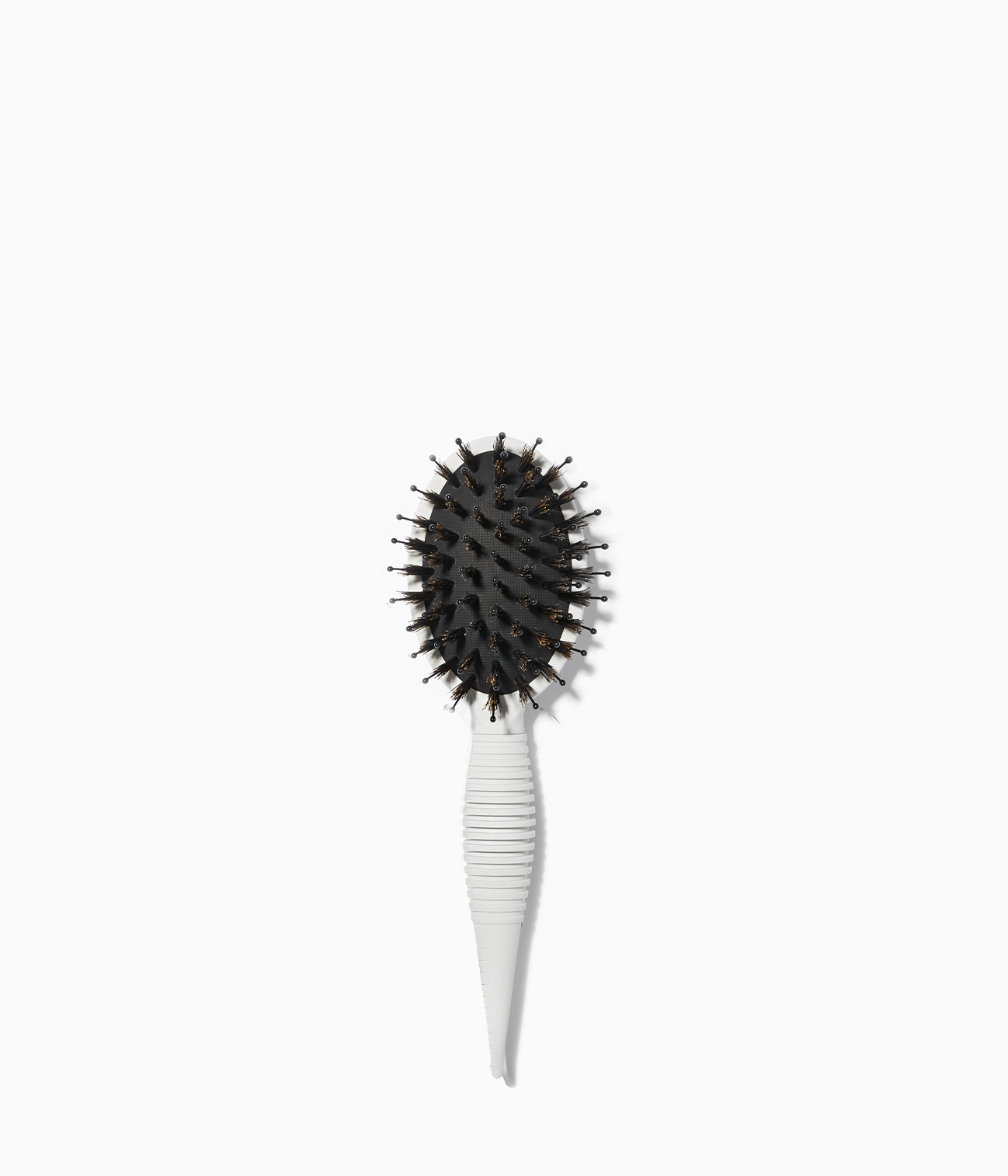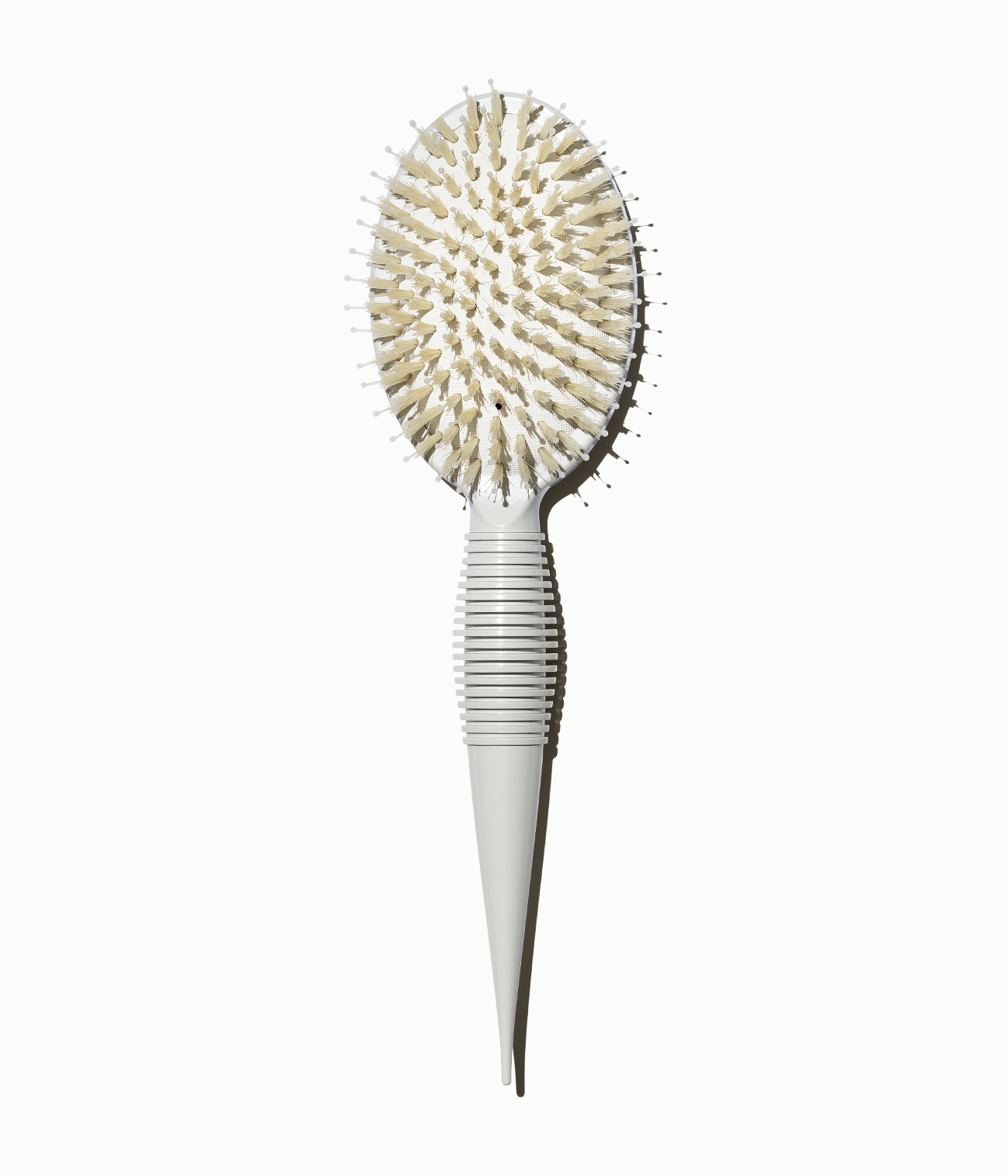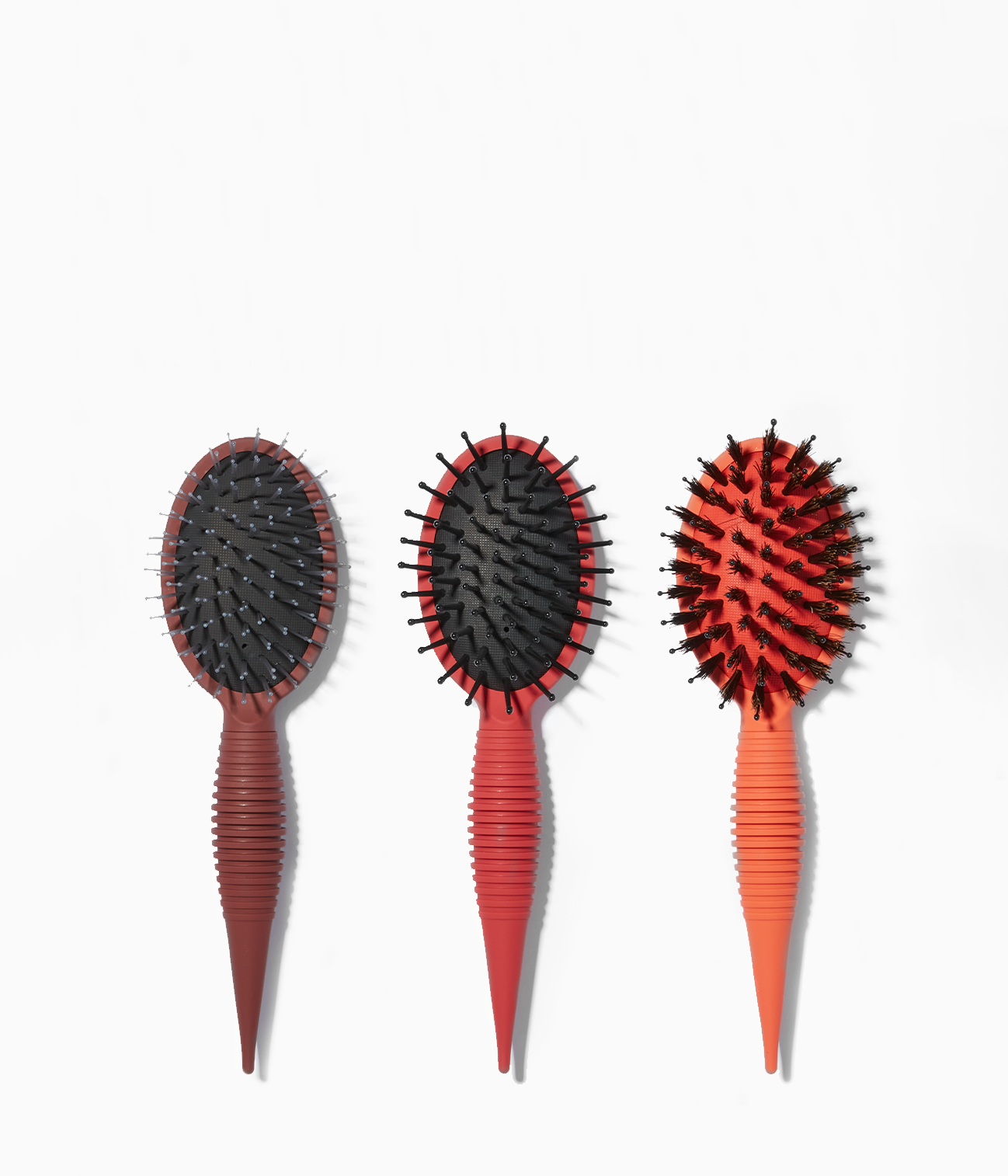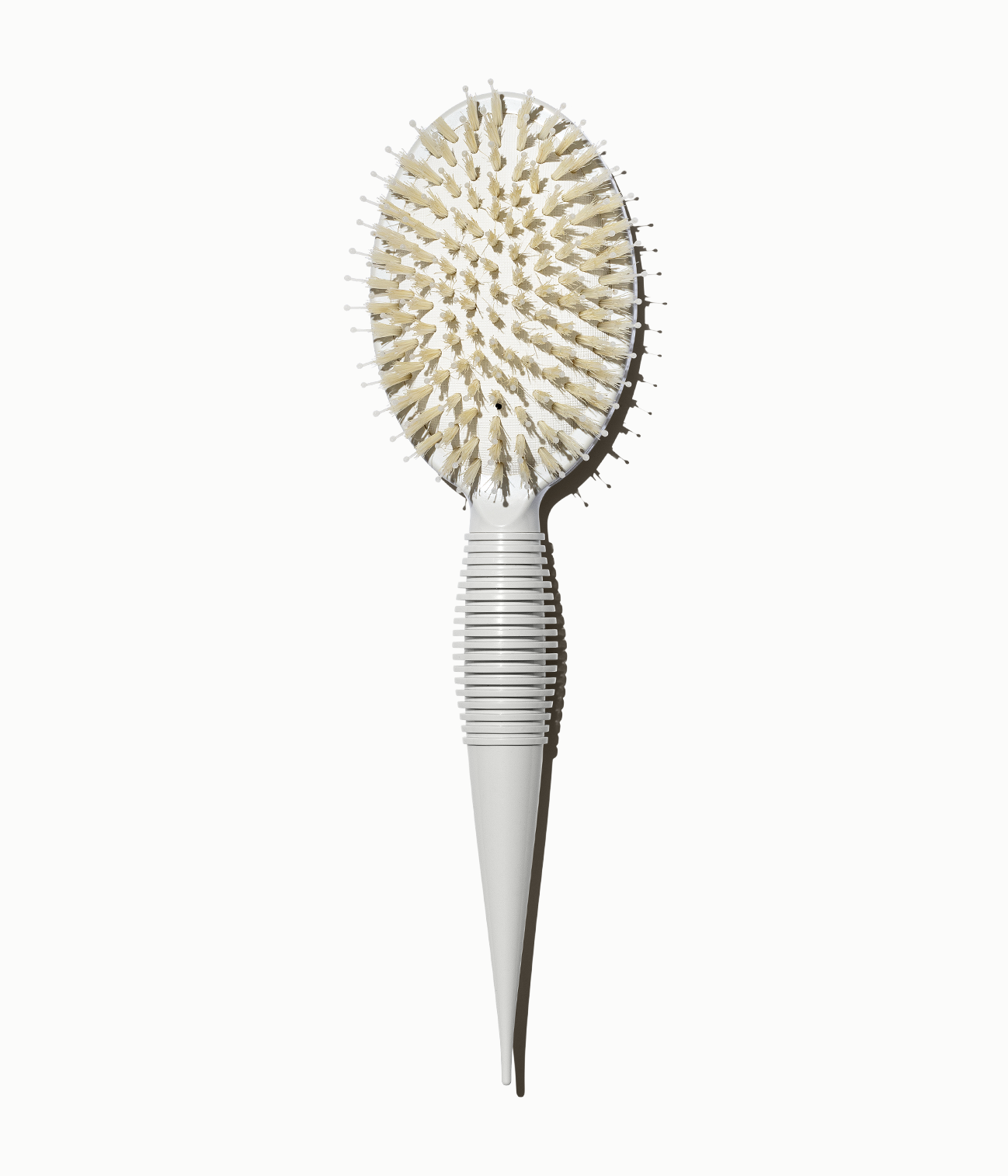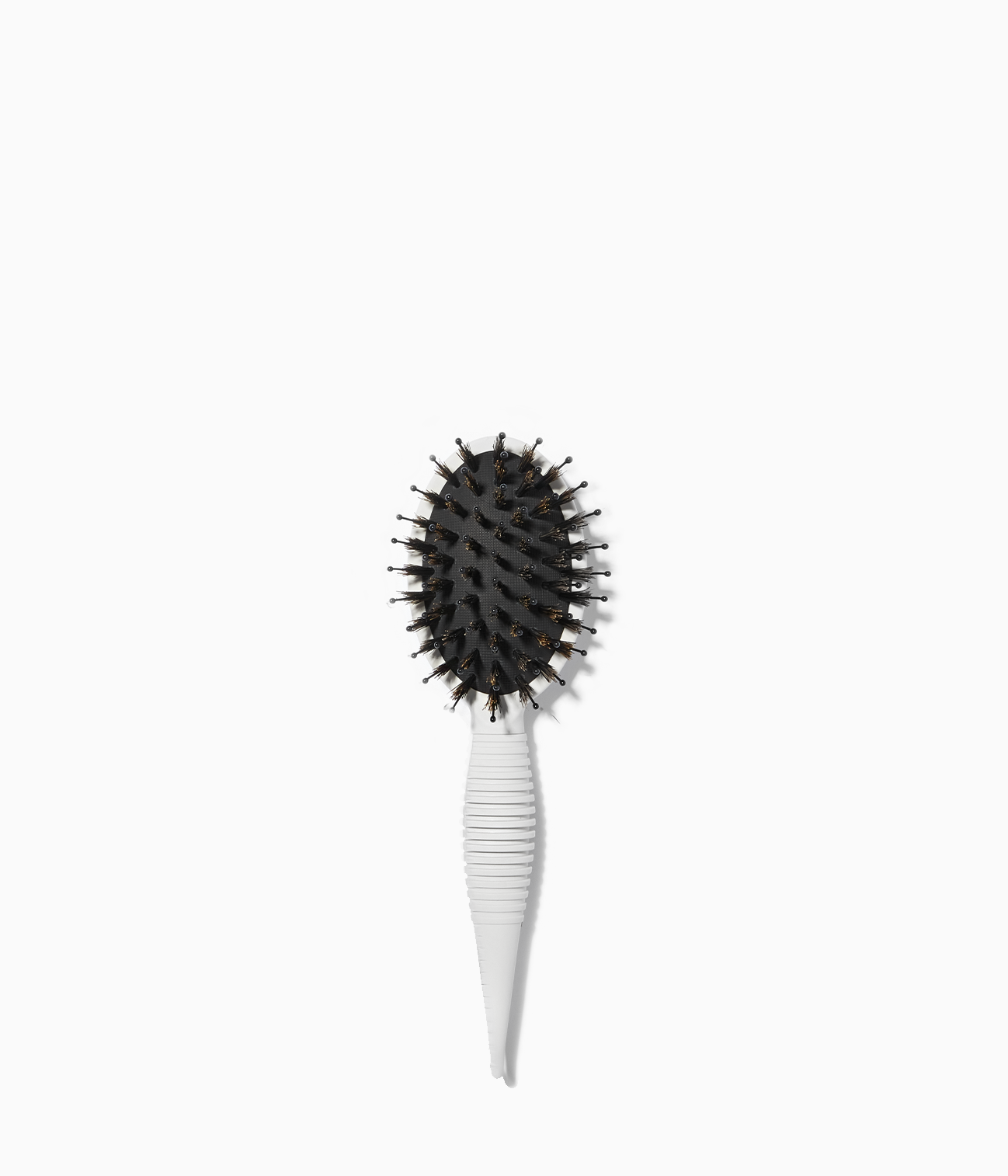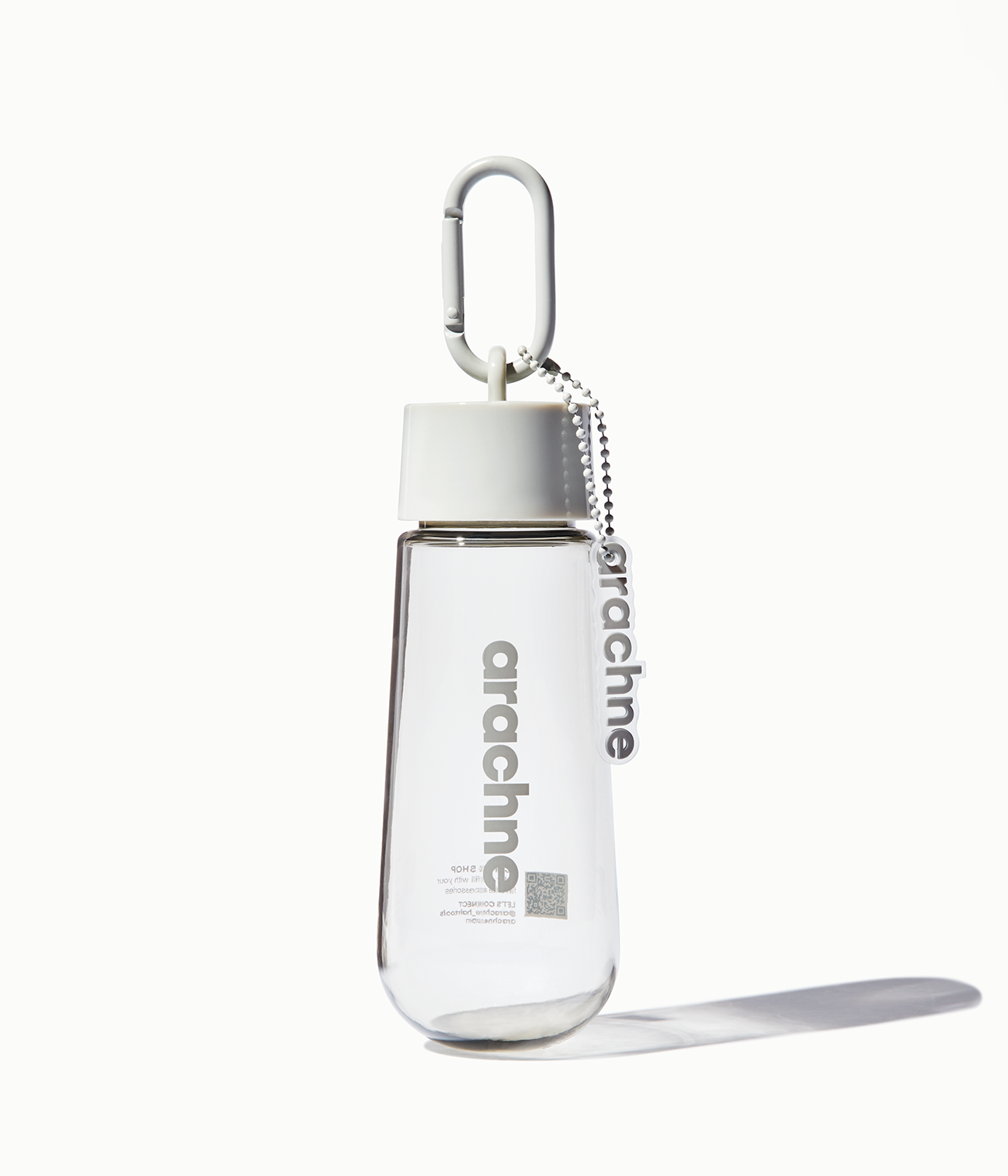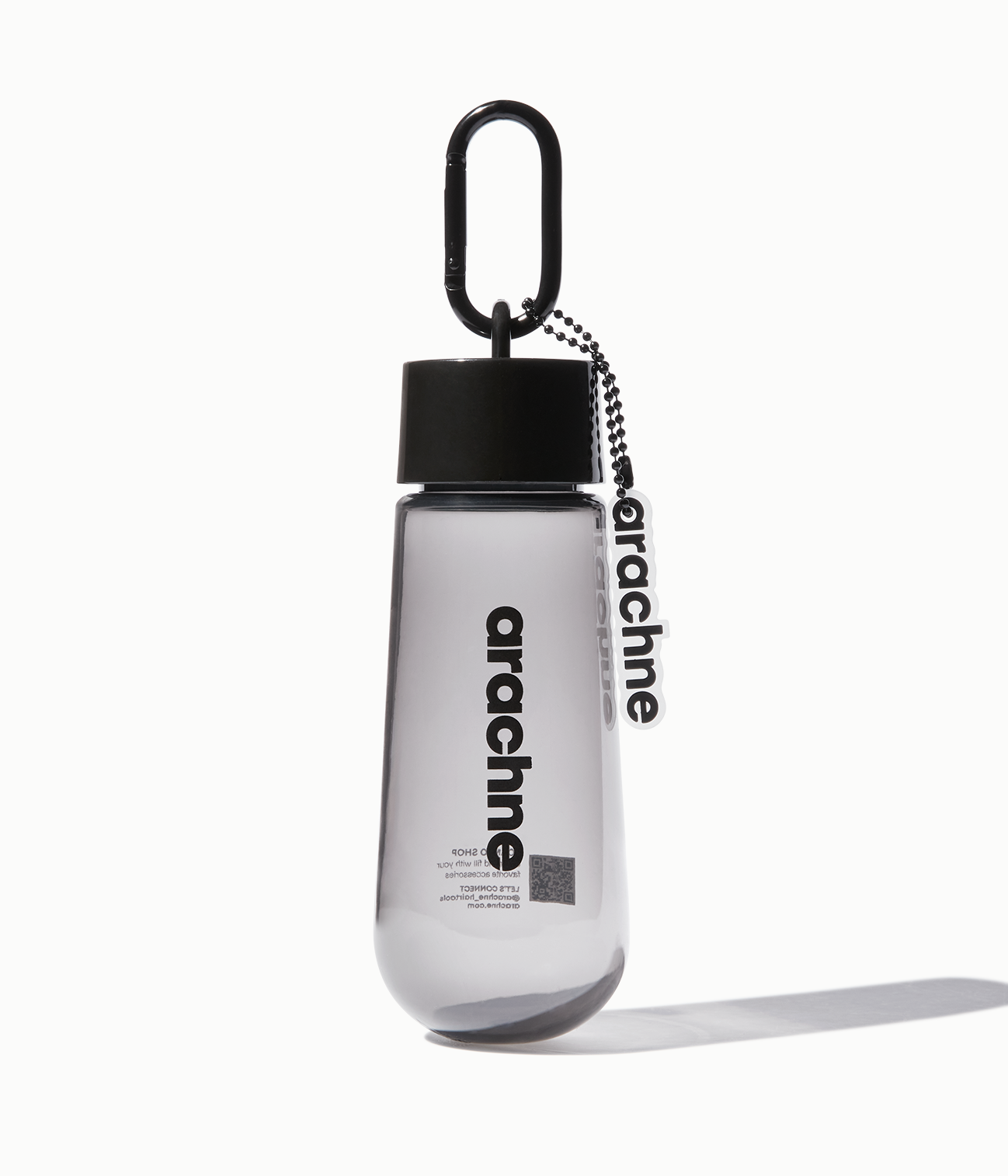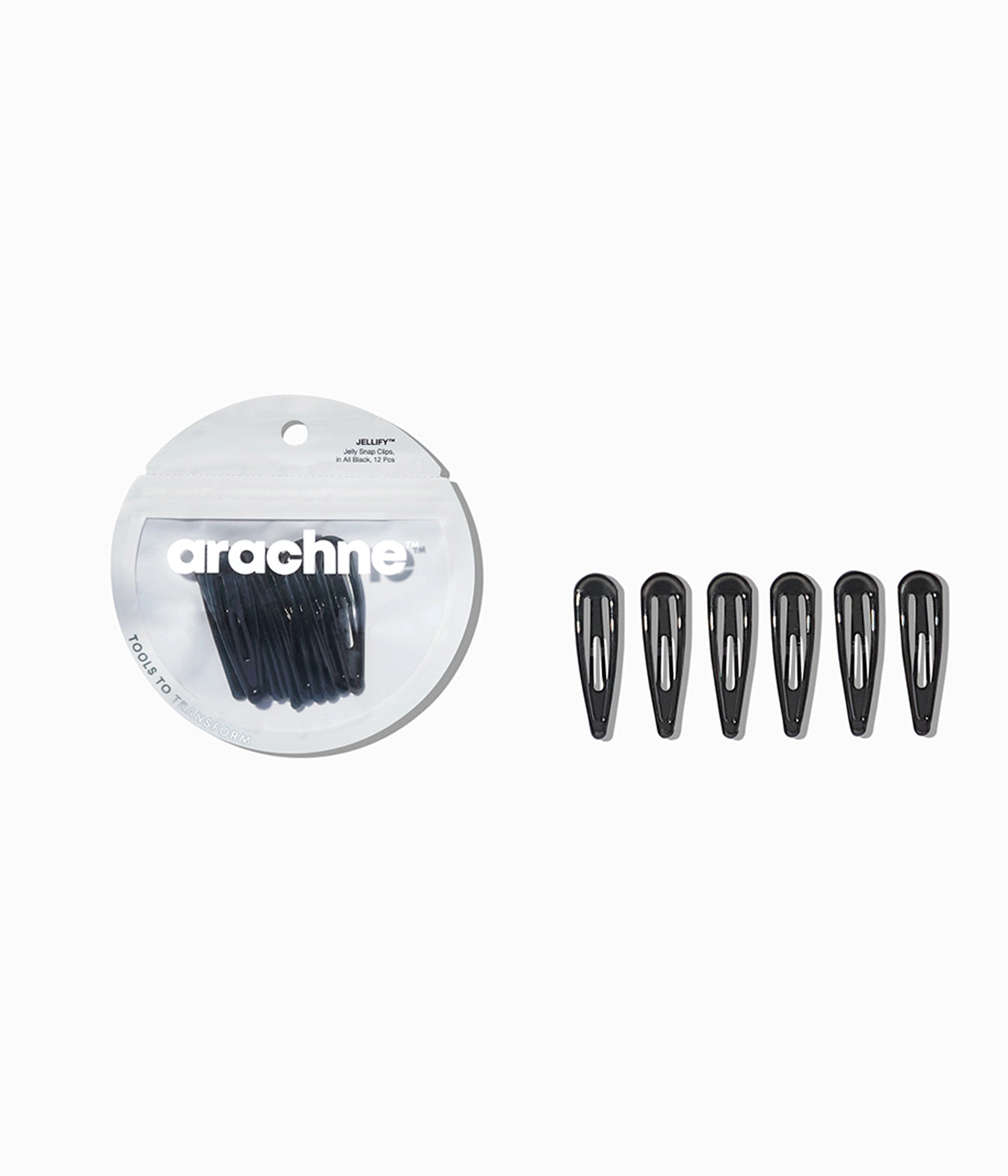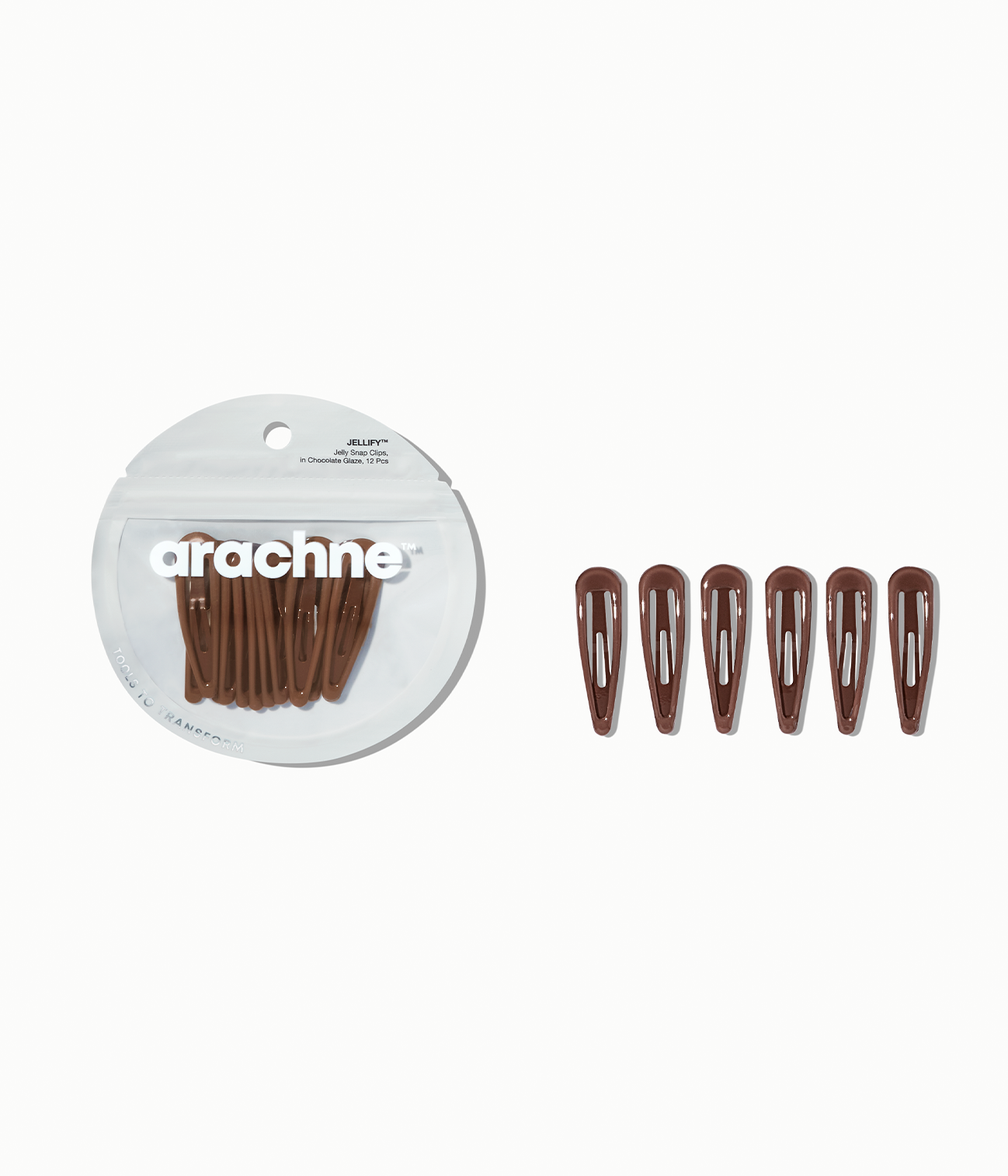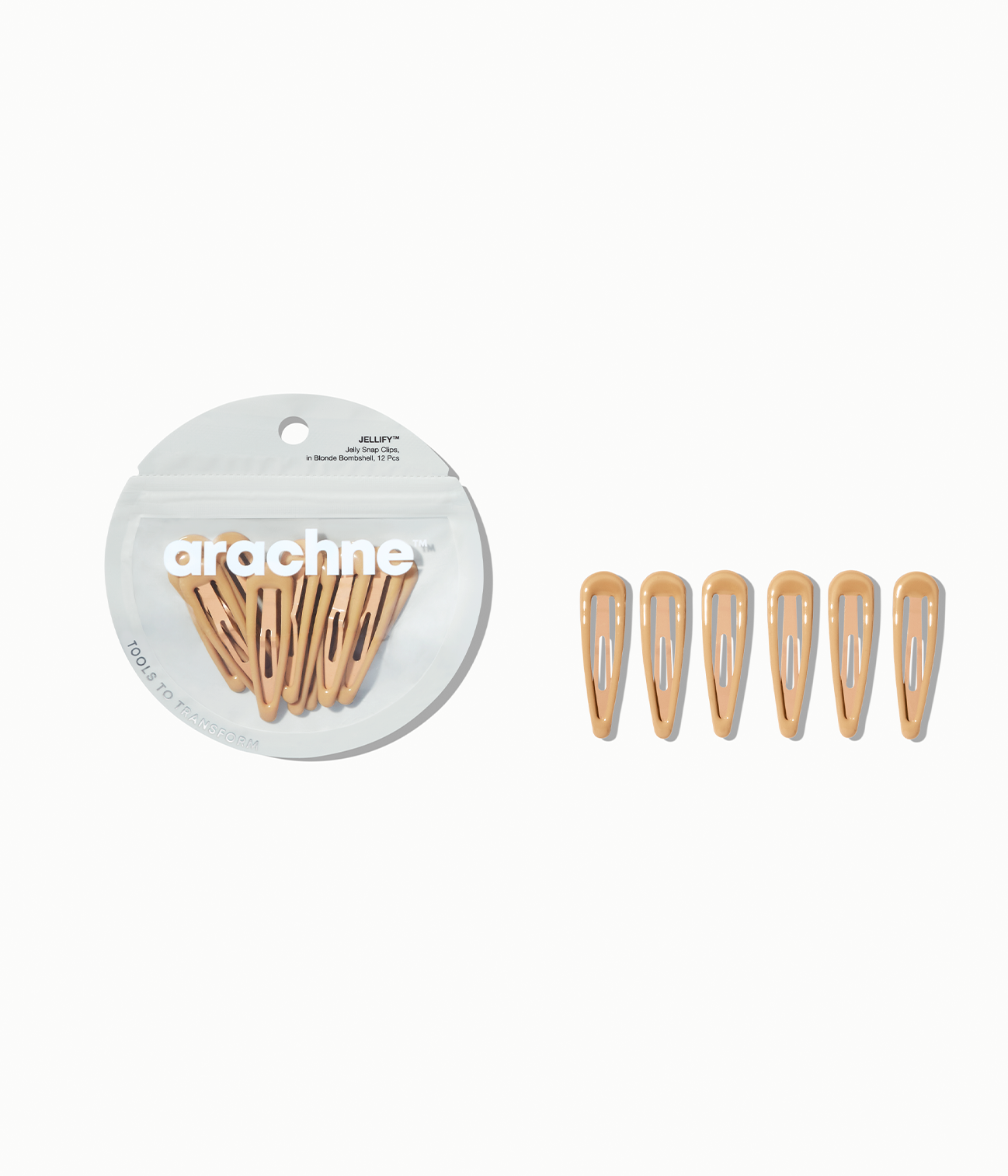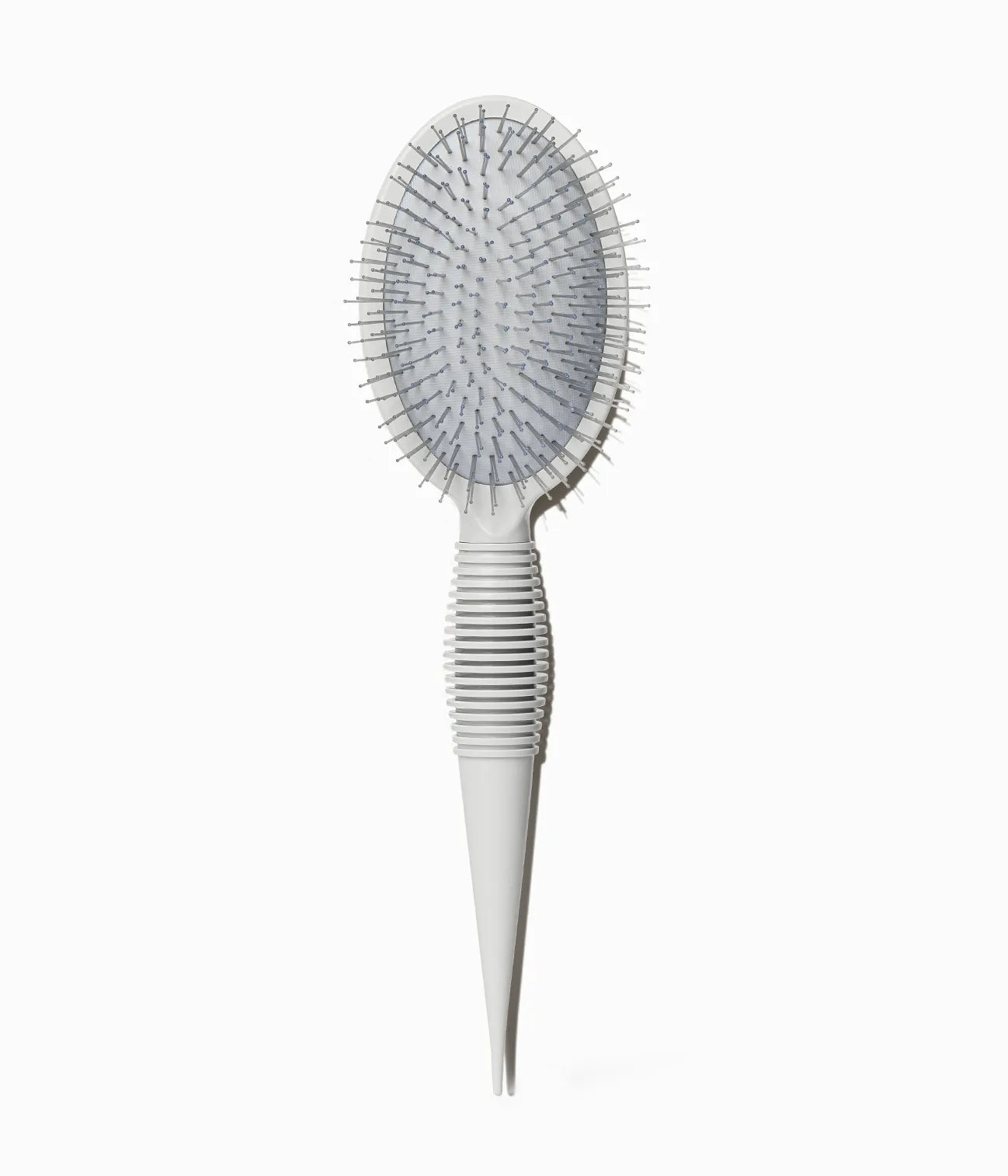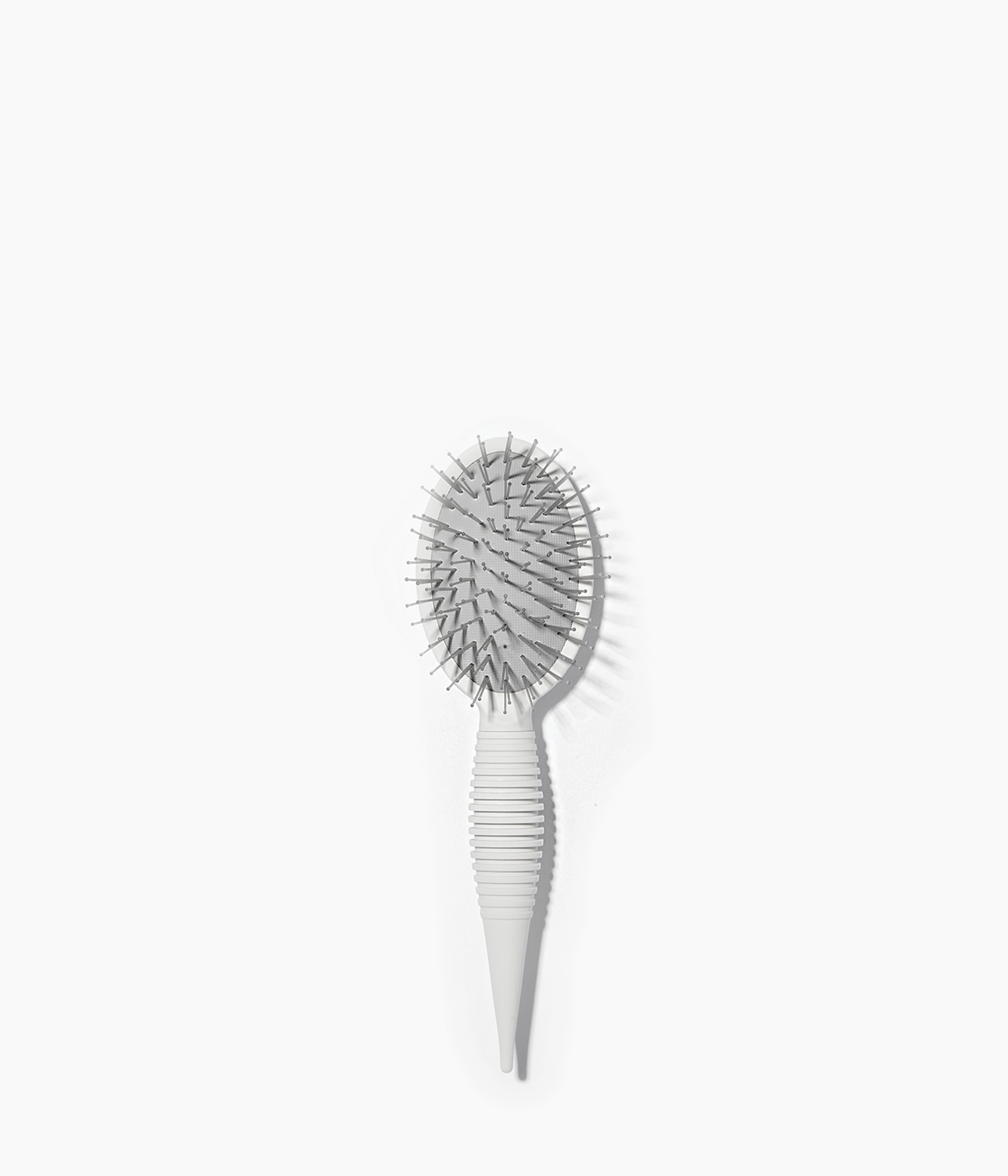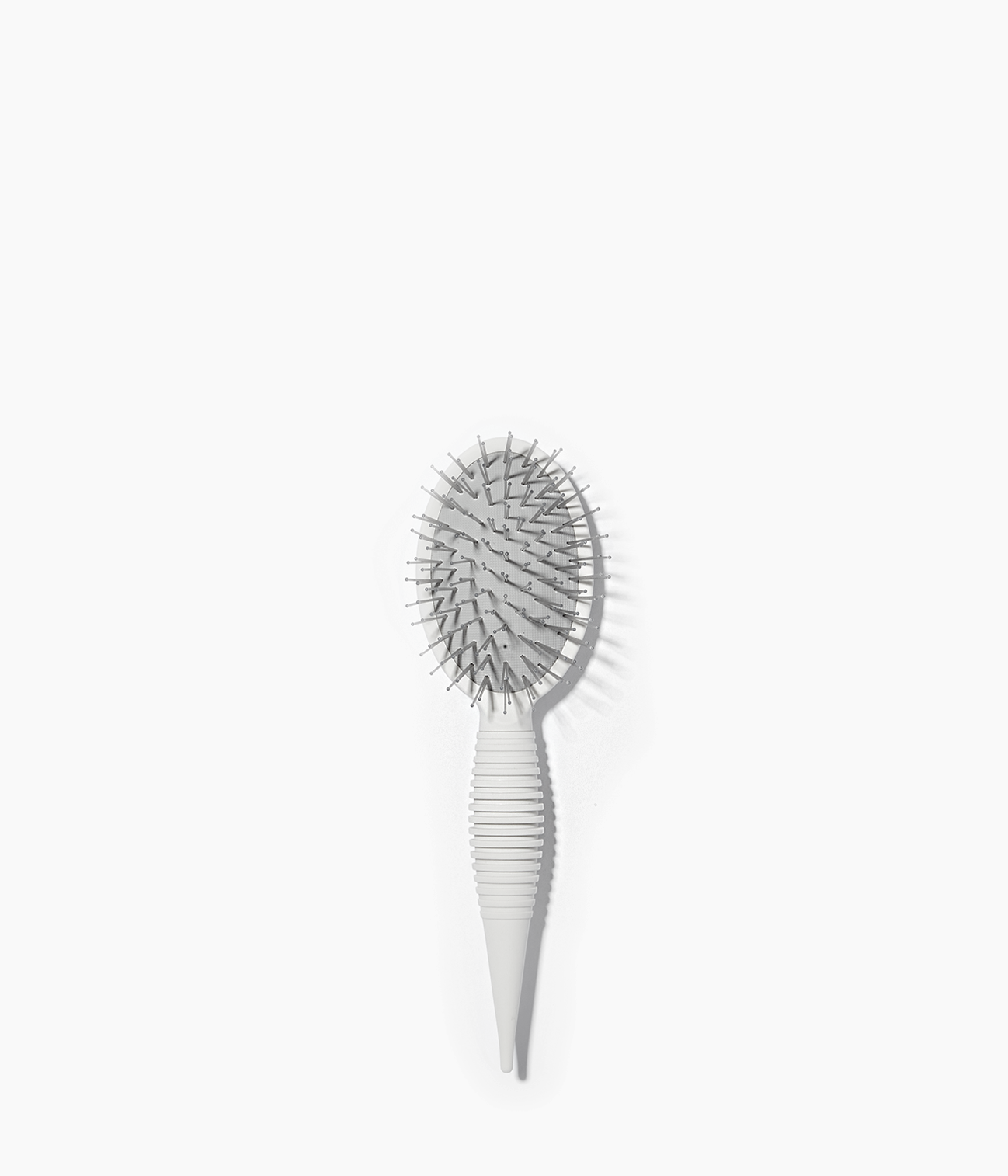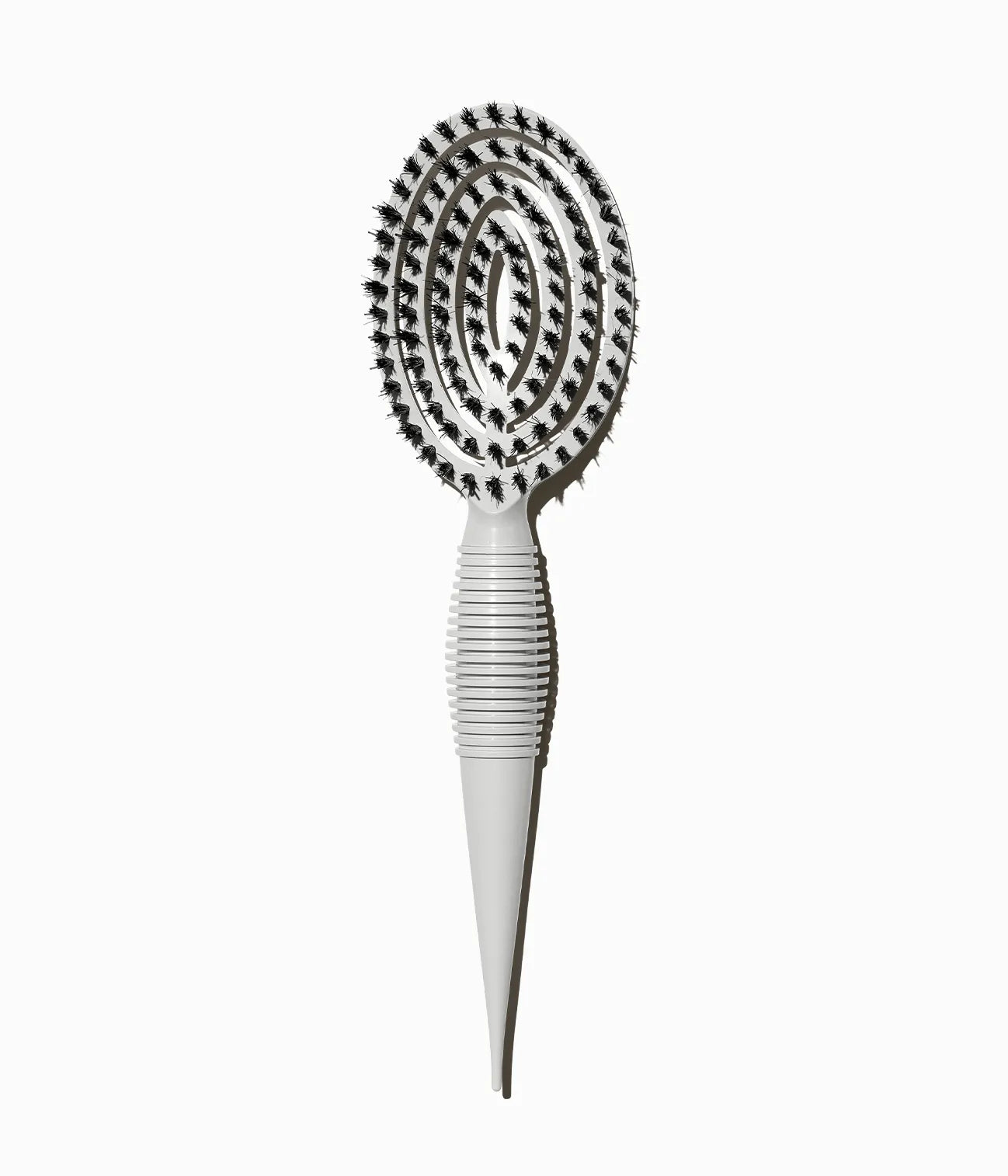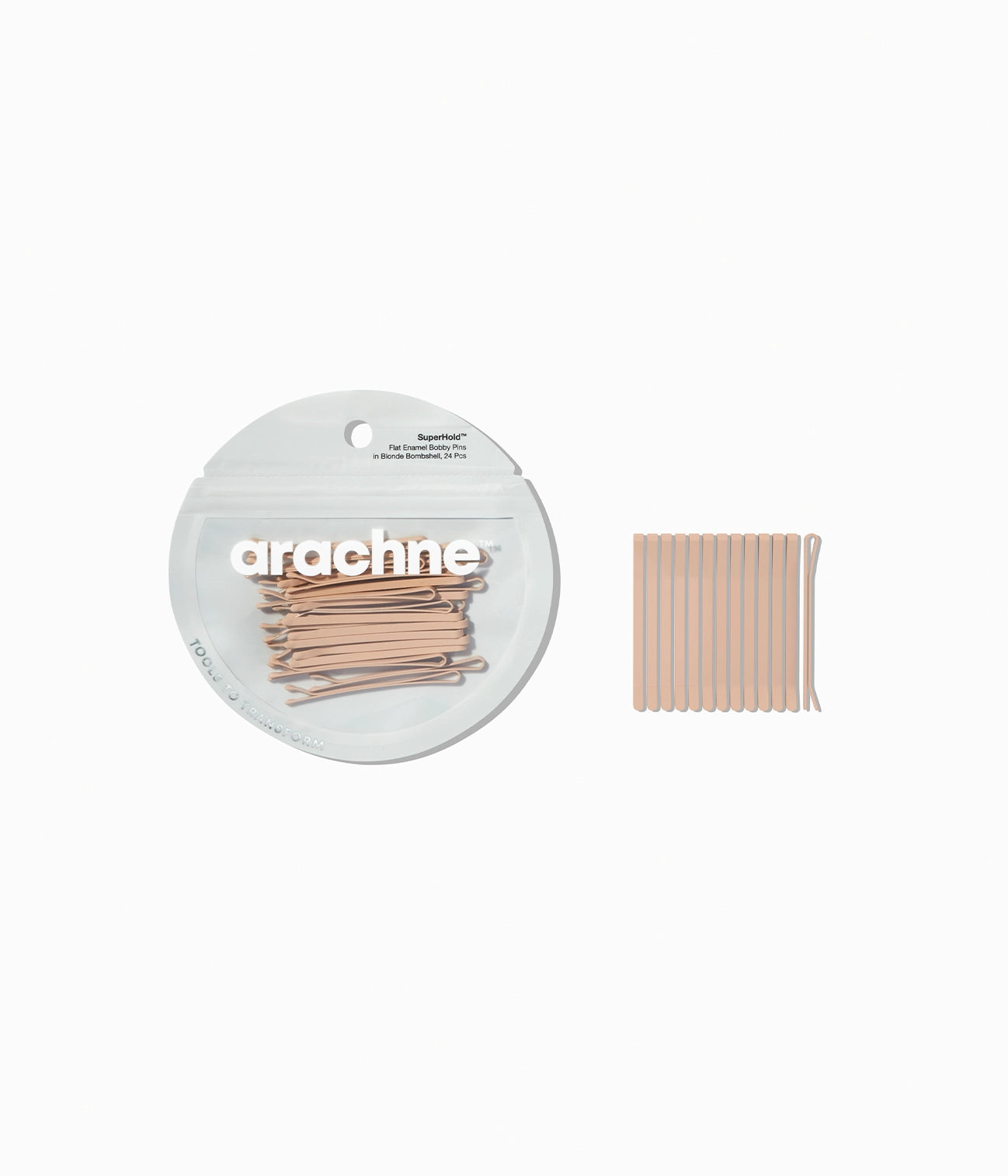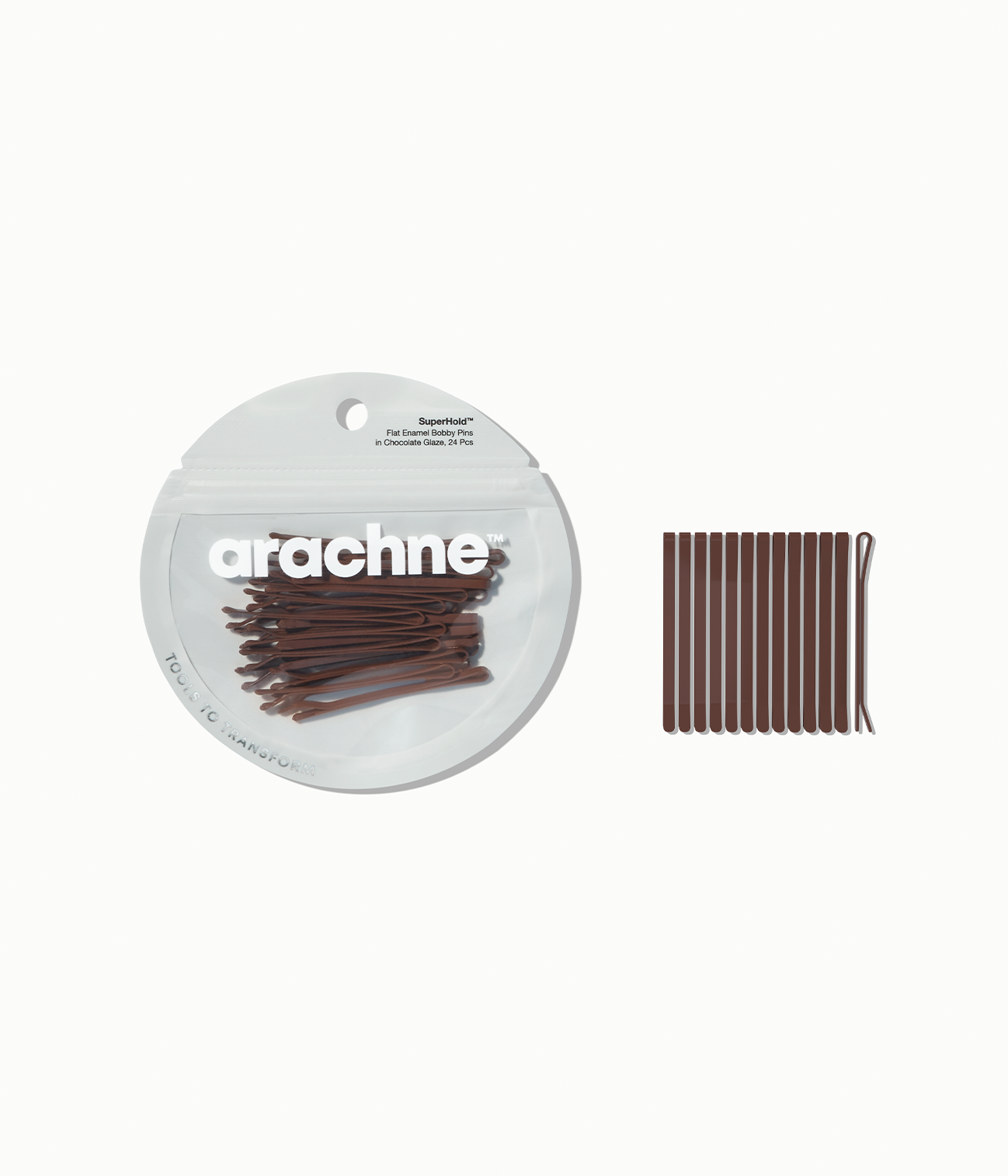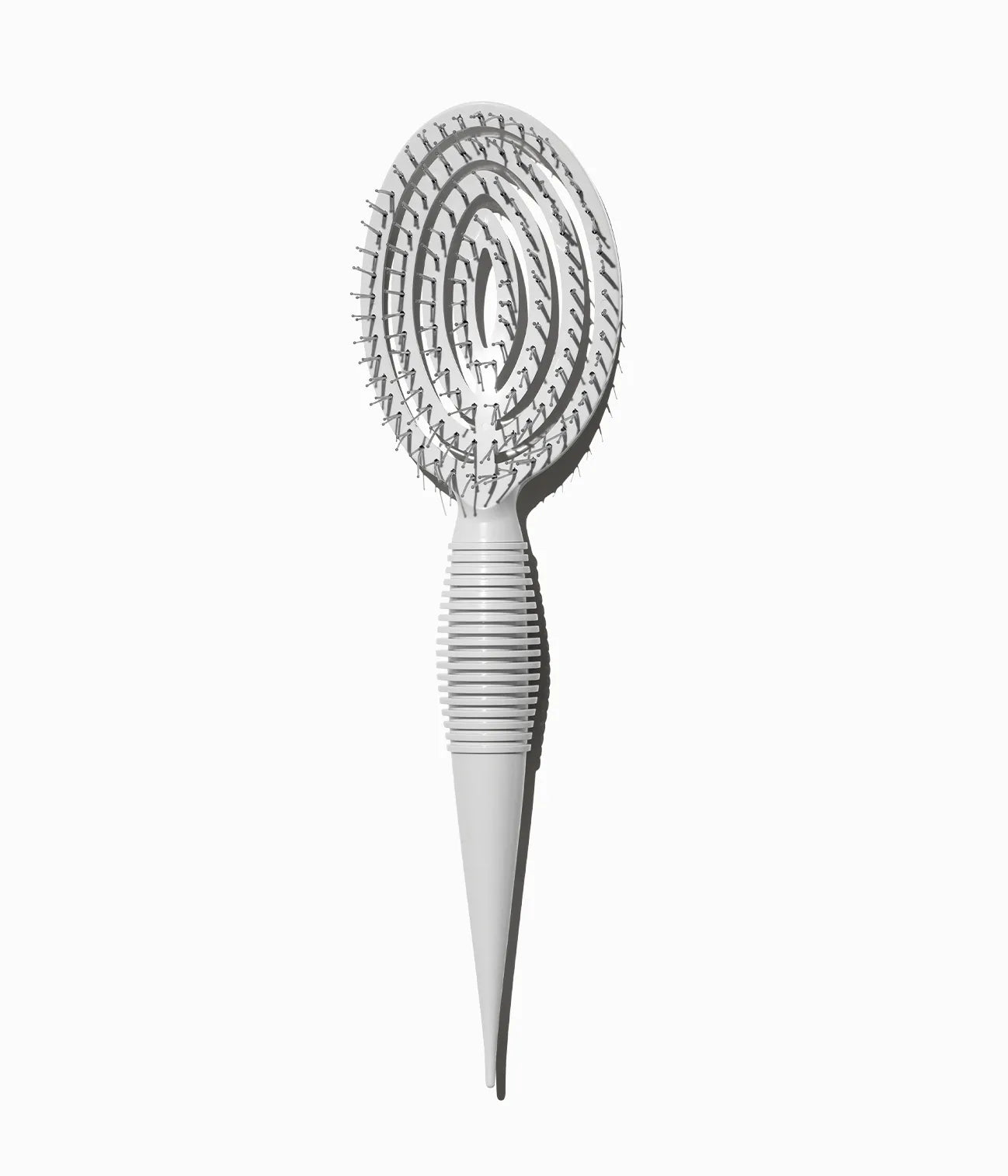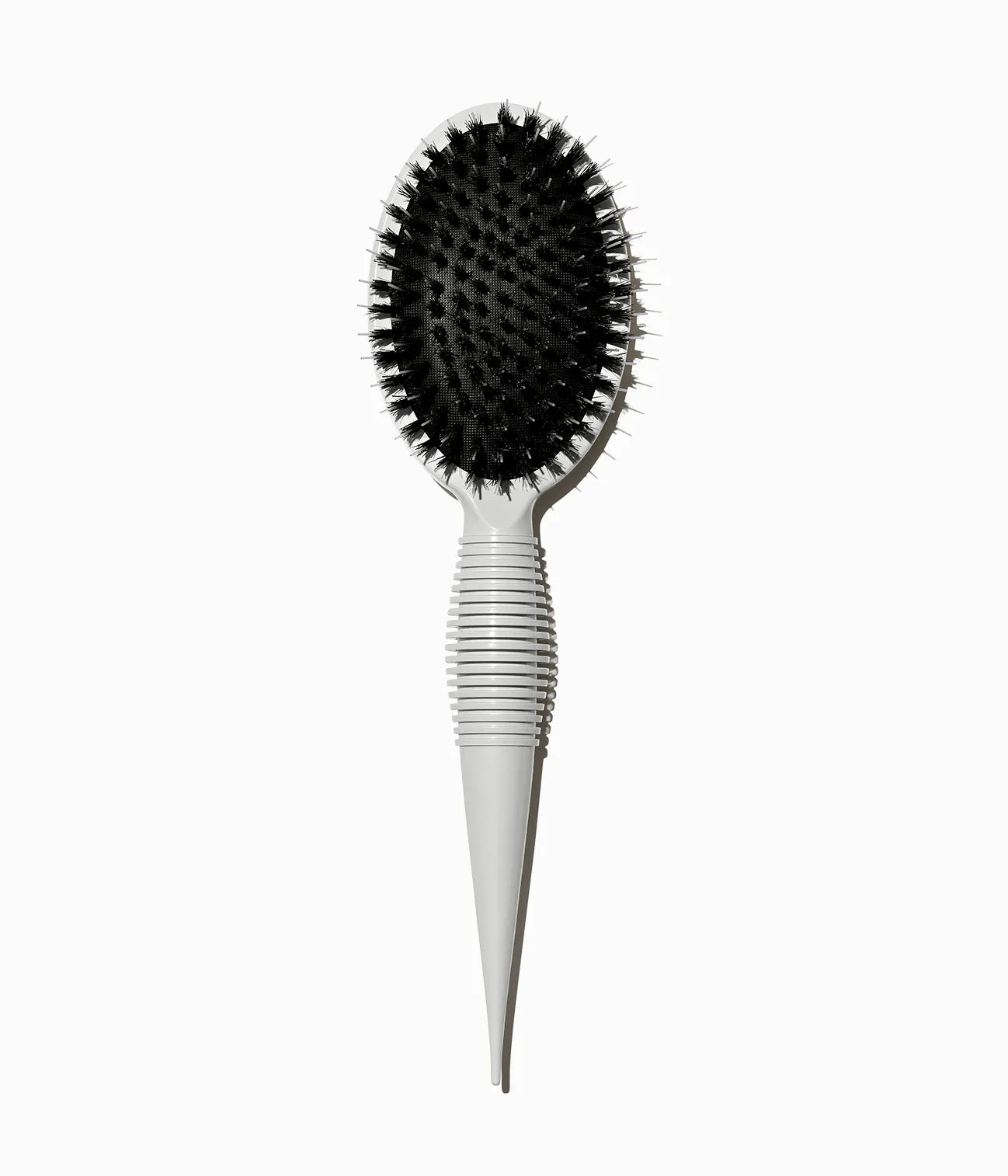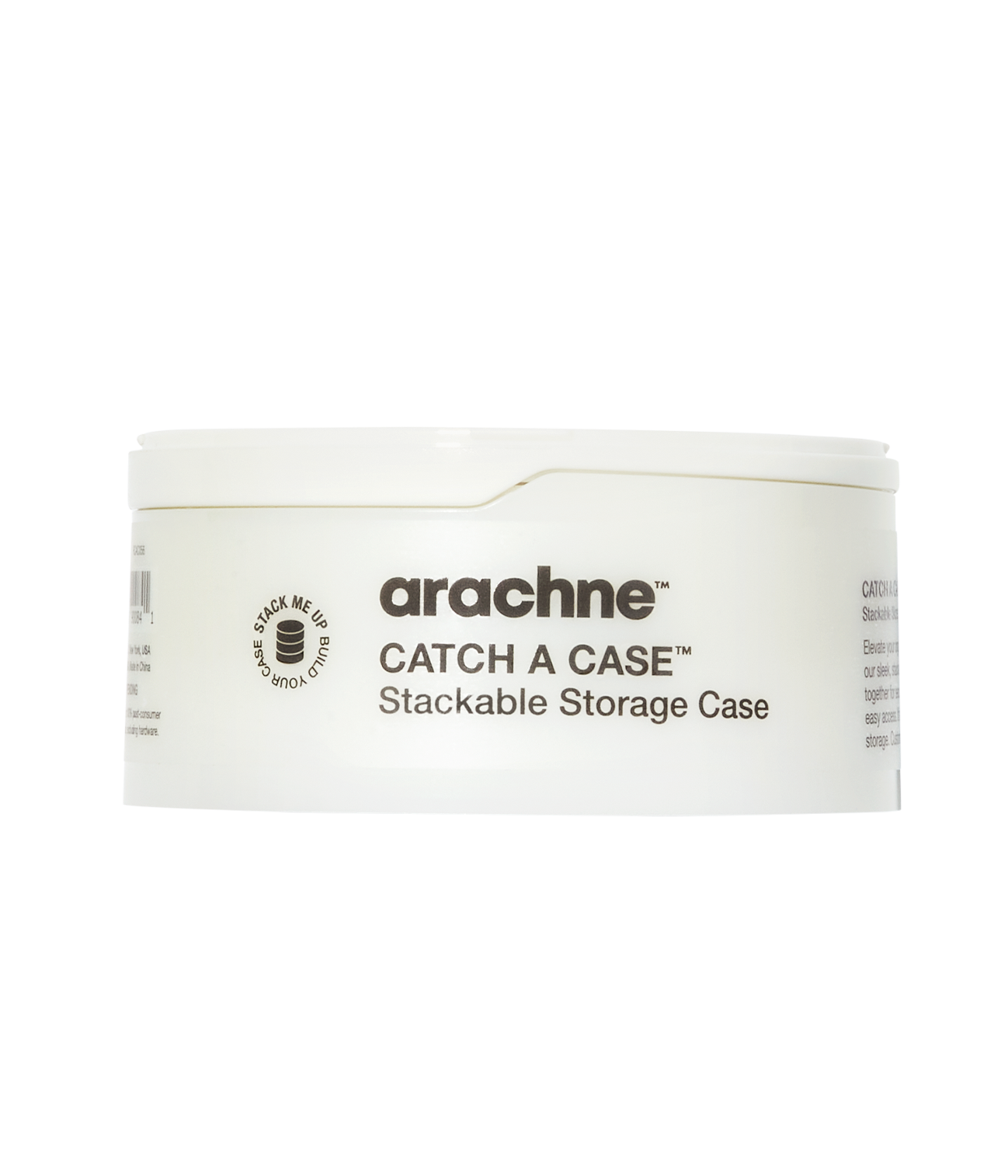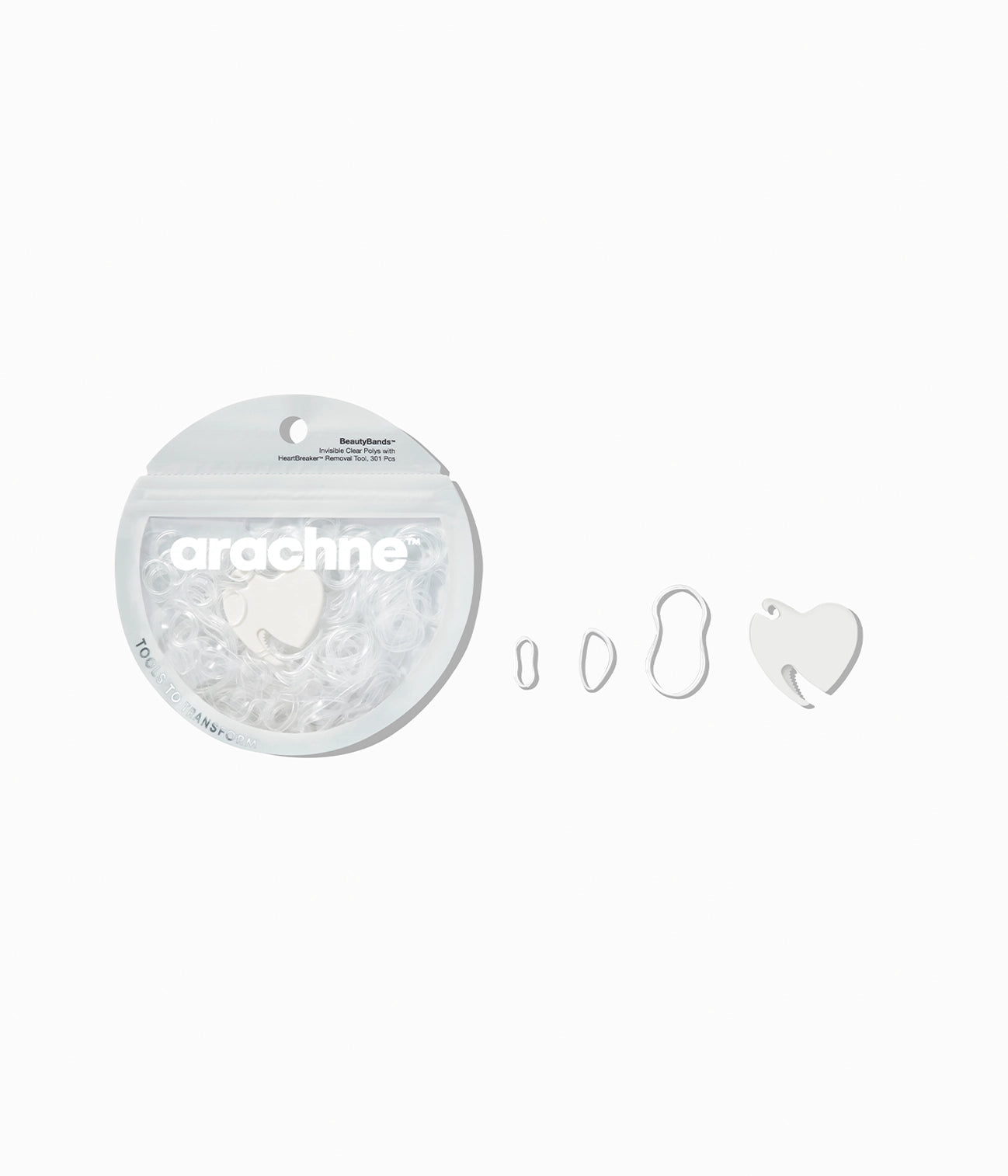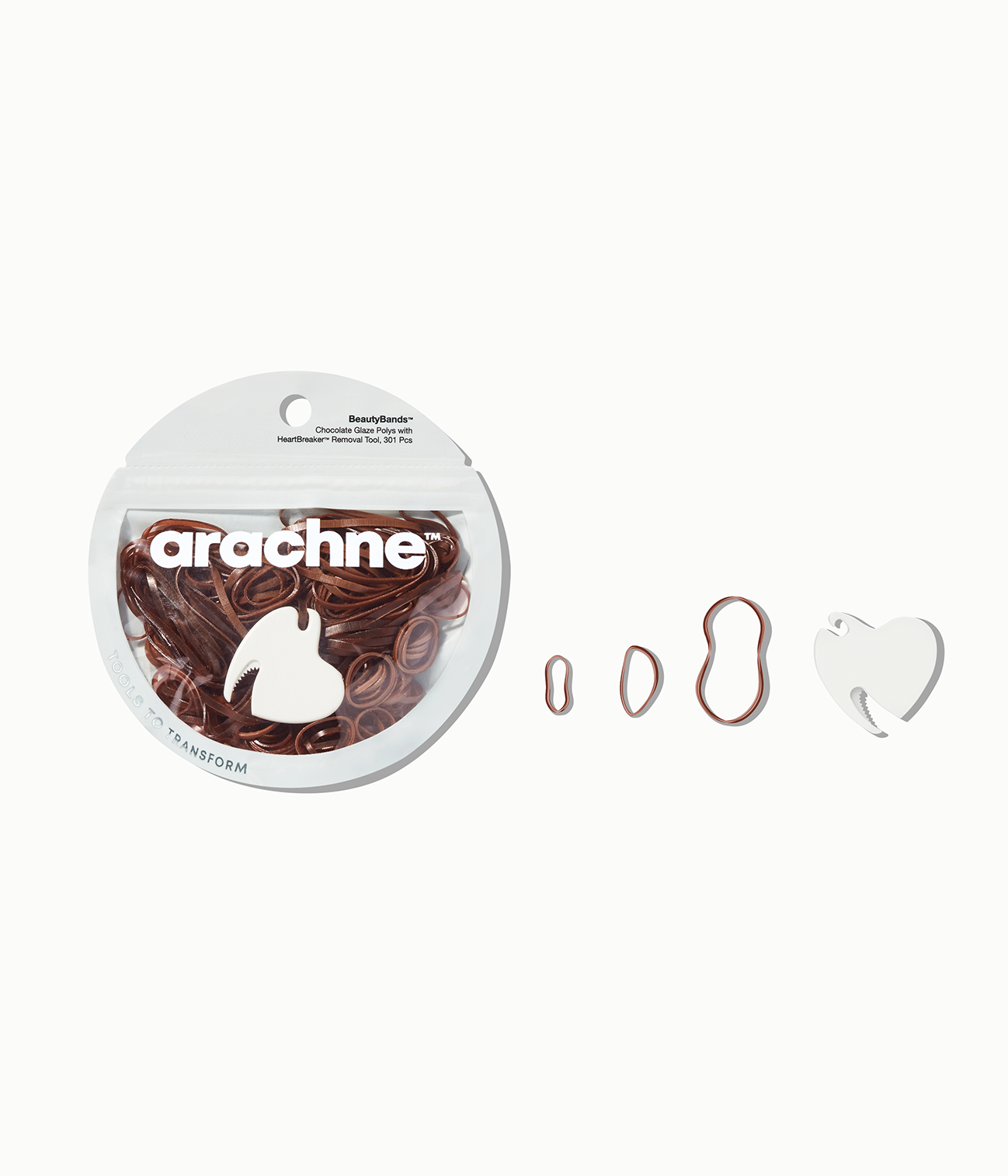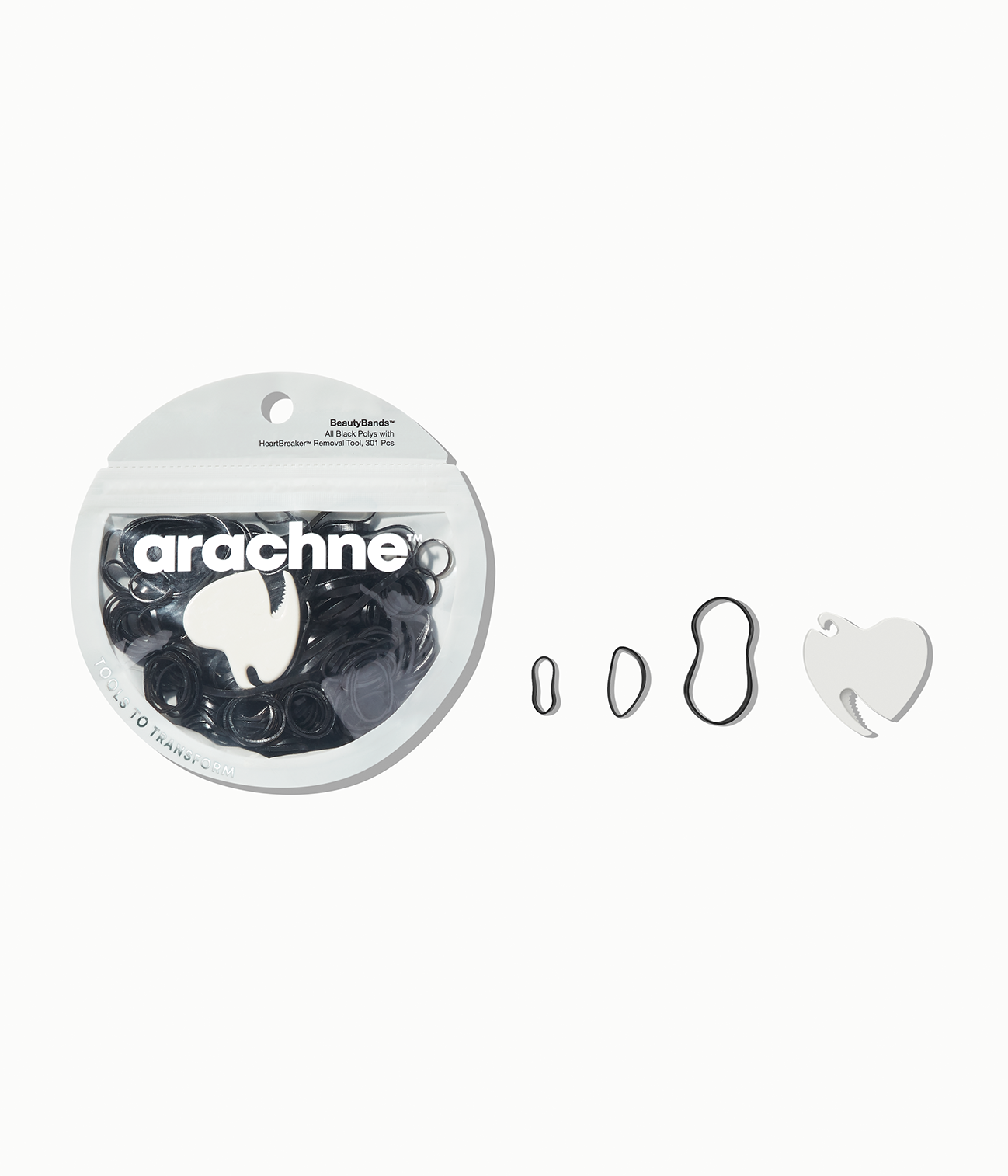HOW TO CLEAN MY HAIRBRUSH

Why Cleaning Your Hairbrush Matters
A hairbrush is one of your most-used tools, so keeping it clean is essential. Over time, brushes collect oils, product residue, and even dust, which can transfer back to your hair, causing buildup and dullness. A clean brush isn’t just about aesthetics—it helps your hair look fresher and keeps your styling routine at its best. And the best part? Cleaning your brush is quick, easy, and worth it.
How Often Should You Clean Your Hairbrush?
How often you clean your brush depends on how much you use it. For daily brushers or heavy product users, a weekly clean helps keep things fresh. If you use your brush less frequently or with fewer products, cleaning it every two weeks works. Keep in mind: if you’re noticing buildup or a change in how your brush feels, it’s time to give it a clean.
What You’ll Need to Clean Your Brush
Cleaning your brush doesn’t require fancy products. Here’s what you need:
Warm Water: Helps break down oils and residue
Gentle Shampoo or Mild Soap: Cleans without damaging the bristles
Toothbrush or Small Brush: For scrubbing between the bristles
Comb: Useful for removing hair before washing
Towel: To dry your brush after cleaning
Sustainable Solution: Consider using a biodegradable soap or natural cleaning solution
Step-by-Step Guide to Cleaning Your Hairbrush
Step 1: Remove Hair from the Brush
Start by taking out any hair caught in the bristles. Use a comb or your fingers to pull out as much as you can.
Step 2: Soak the Brush in Warm Soapy Water
Fill a bowl with warm water and add a few drops of gentle shampoo or soap. Soak the brush for a few minutes to loosen any residue. For wooden or delicate brushes, avoid soaking and instead use a damp cloth to clean the base.
Step 3: Scrub the Bristles and Base
Use a toothbrush or small brush to gently scrub the bristles and base. This removes any remaining product buildup, oil, or dirt. Take your time and get between the bristles to ensure a thorough clean.
Step 4: Rinse and Dry
Rinse your brush under cool running water to remove all soap. Shake off excess water, then lay the brush bristle-side down on a towel to dry. Let it dry completely before using to avoid any lingering moisture.
Tips for Different Brush Types:
Natural Boar Bristle: Be gentle, as natural bristles can be delicate. Avoid harsh soaps.
Nylon or Synthetic Bristle: These are generally easier to clean and can handle a bit more scrubbing.
Metal Pins: Metal pins are durable but can rust if not dried properly. After cleaning, dry thoroughly with a towel and avoid prolonged soaking to maintain their longevity.
Maintaining Your Brush Between Cleanings
To keep your brush cleaner for longer, remove any hair from it after each use. Avoid heavy product use directly on the brush, as it can build up quickly. If you’re using a high-quality brush, follow any specific care instructions to keep it in peak condition. With regular maintenance, your brush will stay fresher and last longer.
Clean Brush, Happy Hair
A clean brush makes a big difference for your hair and your routine. By taking a few minutes to clean it regularly, you’re not only extending its life but also promoting healthier, cleaner hair. Make brush cleaning part of your routine—you’ll feel the difference with every brush stroke.

